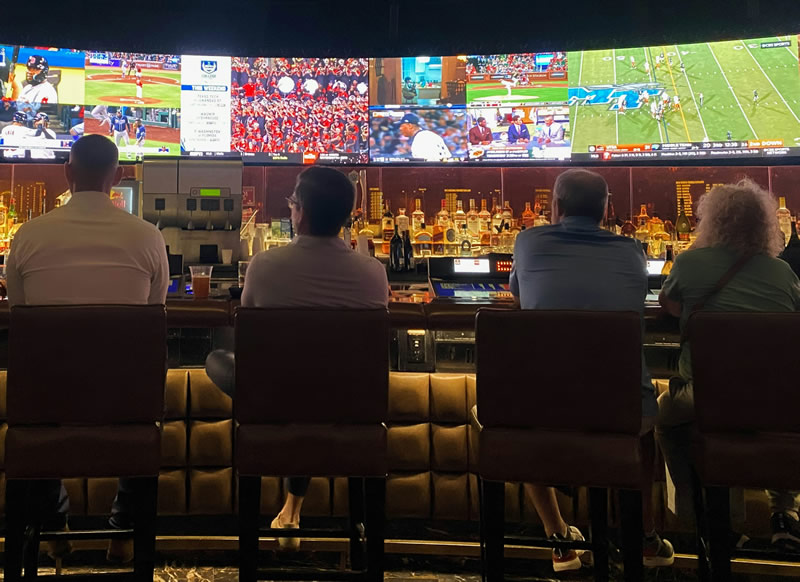The NBA is preparing to sell its rights for ten years with some new ideas, such as the potential inclusion of WNBA games, on the rise thanks to the impact of Caitlin Clark.

The next NBA domestic rights sale cycle is one of the most anticipated issues in the North American market and the implications it may have for the league’s global broadcasting, its own OTT (NBA League Pass) and its media partners for the region. There are several facts that can make this negotiation a case of analysis on the progress of sports business.
NBA and WNBA are analyzing selling the rights jointly. This revelation was made public by the portal Sportico, which specializes in sports business news. The offer of live games of U.S. men’s and women’s basketball would cover the entire year under the same rights umbrella: NBA covers 260 days of the year and WNBA a total of sixty days with almost no overlap between them.
NBA has an exclusive negotiating window open until the end of April with its current broadcast partners – Disney/ESPN and Warner Bros. Discovery. One of the things NBA wants to know is how the new platform that ESPN, WBD and Fox Sports announced for later this year will work.
Tech companies like Apple, Google and Amazon are generating anticipation about a possible rights purchase. NBA already has its sponsorship agreements and alliances with YouTubeTV and is developing its content for Apple’s immersive glasses, but the biggest question is whether the techies won’t finally try to get a slice of the cake that they have never bitten so far.

Market estimates project a 10-year sales cycle that could reach $75 billion, still some way short of the $100 billion mark that the NFL achieved with the sale of its rights until 2031, almost three years ago.
Rights deals are mixed with changes in culture and audience preferences. North American college basketball just experienced a unique phenomenon: the NCAA women’s final had 20 million viewers on TV, making it the highest-rated basketball game since 2019. That includes NBA games.
That massive interest, among other issues, is leveraged on the figure of Caitlin Clark, Iowa player who now occupies the first place in the draft for the Indiana team. In other words, Clark’s move to the pros is eagerly awaited by fans. Clark is a ratings, loyalty and identity phenomenon for Gen Z in the United States and has already been dubbed the “Taylor Swift” of basketball.
The joint sale of rights is supported by the increase in the audience for women’s and college basketball, in a game where no one knows for sure which phenomenon is driving the other. What is certain is that the NBA has secured investments in the WNBA of more than $75 million from franchises and that league is now valued at $1 billion.
Adam Silver, NBA commissioner, also wants to put all the technology developments, artificial intelligence investments and startup project financings on the table when it’s time to negotiate rights. He is looking for buyers to not just “buy games,” but an evolving sports concept that goes beyond the live game.
The NBA’s revenue pyramid for its broadcast rights places it as the second highest grossing professional league after the NFL. With these figures:
1998-2002: $615 million paid by NBC and Turner.
2002-2008: 765 million dollars paid by ESPN and Turner.
2008-2016: $930 million paid by ESN and Turner.
2016-2025: $2.7 billion paid by ESPN and Turner.
NBA has an inclusive and attractive proposition for broadcast partners in the new rights cycle. By incorporating the WNBA into its content offering, it would give streaming platforms a valuable asset to exploit with their mass of subscribers.
Selling that content together also puts the NBA in a place of innovation and cutting edge, giving value to women’s sports within its original proposition. A demand in line with its audience, the youngest in North American sports, who appreciate this kind of initiative.